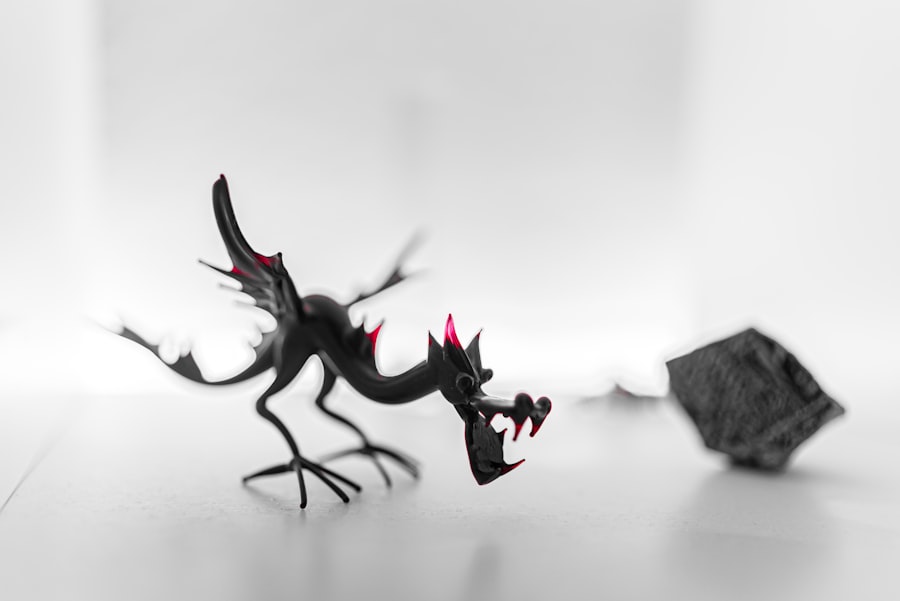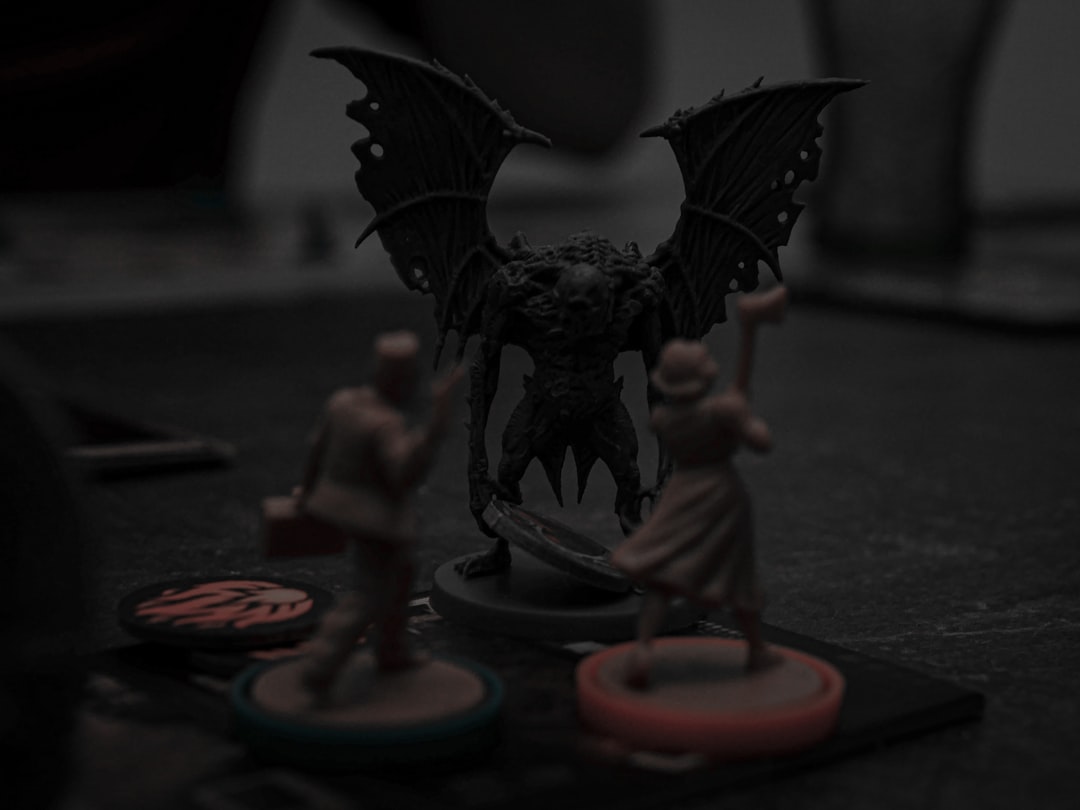As you delve into the world of cinema in the 1970s, one cannot overlook the towering figure of Godzilla, a cultural icon that transcended mere monster movies. Emerging from the ashes of post-war Japan, Godzilla became a symbol of resilience and a reflection of societal fears. The 1970s marked a pivotal decade for this legendary creature, as filmmakers began to explore new narratives and themes that resonated with audiences both in Japan and around the globe.
You will find that this era was not just about giant monsters wreaking havoc; it was a time when Godzilla evolved into a multifaceted character, embodying the complexities of human emotions and societal issues. During this decade, Godzilla’s films began to shift from the serious undertones of earlier entries to a more family-friendly approach. This transformation was not merely a change in tone but also a strategic move to keep the franchise relevant in an ever-evolving cinematic landscape.
As you explore the films released during this time, you will notice how they reflect the changing attitudes of society, particularly in relation to environmental concerns and the consequences of technological advancement. The 1970s were a time of experimentation, and Godzilla was at the forefront, adapting to the tastes and expectations of a new generation of moviegoers.
Key Takeaways
- Godzilla in the 1970s saw a shift towards a more heroic and less destructive portrayal, appealing to a wider audience.
- The evolution of Godzilla’s appearance and abilities in the 1970s reflected advancements in special effects and technology, leading to a more dynamic and powerful character.
- The cultural impact and reception of Godzilla in the 1970s was mixed, with some embracing the campy and fun nature of the films, while others criticized the departure from the original darker tone.
- Key themes and messages in Godzilla movies of the 1970s included environmentalism, anti-nuclear sentiments, and the consequences of human arrogance and greed.
- Notable villains and allies in Godzilla movies of the 1970s included Mechagodzilla, King Ghidorah, and Mothra, adding depth and excitement to the franchise.
- The box office success and critical reception of Godzilla movies in the 1970s varied, with some films performing well commercially but receiving mixed reviews from critics.
- The legacy of Godzilla in the 1970s and its influence on future films can be seen in the continued popularity of the character and the lasting impact on the kaiju genre.
- Comparisons between Godzilla movies of the 1970s and other decades show a shift towards a more family-friendly and action-oriented approach, setting the stage for future iterations of the franchise.
Evolution of Godzilla’s appearance and abilities
Reflecting Societal Shifts and Changing Audience Preferences
This transformation was not just cosmetic; it reflected a deeper understanding of what audiences wanted from their cinematic experiences. As people began to seek heroes rather than mere destroyers, Godzilla’s character evolved to mirror these societal shifts.
Expanding Powers and Abilities
Godzilla’s powers expanded during this decade, with his atomic breath remaining a signature weapon, while new films introduced additional capabilities that showcased his versatility as a character. His battles against other monsters highlighted different aspects of his strength and resilience.
From Destroyer to Protector
This evolution allowed Godzilla to become not just a force of destruction but also a protector of humanity, further solidifying his status as a beloved figure in popular culture.
Cultural impact and reception of Godzilla in the 1970s

The cultural impact of Godzilla in the 1970s cannot be overstated. As you explore this era, you will discover how the character became a symbol of hope and resilience for many. In Japan, Godzilla represented the struggle against nuclear devastation and environmental degradation, while in other parts of the world, he became an emblem of entertainment and escapism.
The films released during this decade resonated with audiences on multiple levels, allowing them to engage with complex themes while enjoying thrilling monster battles. Critically, Godzilla’s reception during the 1970s was mixed but generally positive. While some critics dismissed the films as mere children’s entertainment, others recognized their deeper messages and social commentary.
You may find it interesting that despite varying opinions, Godzilla maintained a loyal fan base that appreciated both the spectacle and the underlying themes. This duality contributed to his enduring legacy and ensured that he remained relevant in popular culture throughout the decade.
Key themes and messages in Godzilla movies of the 1970s
| Movie Title | Release Year | Key Themes | Messages |
|---|---|---|---|
| Godzilla vs. Hedorah | 1971 | Environmental pollution, youth culture | Warning about the dangers of pollution and the importance of environmental conservation |
| Godzilla vs. Gigan | 1972 | Alien invasion, friendship | Emphasizing the value of friendship and cooperation in facing external threats |
| Godzilla vs. Megalon | 1973 | Underground civilization, nuclear testing | Critique of nuclear testing and exploration of the consequences of human actions on underground civilizations |
| Godzilla vs. Mechagodzilla | 1974 | Technology, ancient prophecies | Exploration of the potential dangers of advanced technology and the importance of respecting ancient wisdom |
| Terror of Mechagodzilla | 1975 | Science, human emotions | Reflection on the ethical implications of scientific advancements and the power of human emotions in overcoming challenges |
As you analyze the key themes present in Godzilla movies from the 1970s, you will notice a strong emphasis on environmentalism and the consequences of human actions. The films often depicted Godzilla as a force of nature responding to humanity’s reckless behavior, serving as a cautionary tale about the dangers of pollution and technological advancement. This theme resonated deeply with audiences during a time when environmental awareness was beginning to take root globally.
Another prominent theme is the idea of redemption and heroism. In several films from this decade, Godzilla is portrayed not just as a destructive monster but as a protector who defends humanity against greater threats. This shift in narrative allowed audiences to connect with Godzilla on an emotional level, transforming him from a mere antagonist into a complex character capable of both destruction and salvation.
You will find that these themes contributed significantly to the franchise’s evolution and helped solidify Godzilla’s place in cinematic history.
Notable villains and allies in Godzilla movies of the 1970s
Throughout the 1970s, Godzilla faced an array of formidable villains that challenged his strength and resolve. As you explore these adversaries, you will encounter iconic monsters such as Gigan and Mechagodzilla, each bringing unique abilities and characteristics to their battles with Godzilla. These villains not only provided thrilling action sequences but also served as reflections of contemporary fears—be it technological advancement or environmental catastrophe.
In addition to his foes, Godzilla also gained notable allies during this decade. Characters like Anguirus and Jet Jaguar emerged as companions who fought alongside him against common threats. This camaraderie added depth to Godzilla’s character, showcasing his ability to form alliances and work towards a common goal.
You may find it intriguing how these relationships mirrored societal values of cooperation and unity during a time when global tensions were high.
Box office success and critical reception of Godzilla movies in the 1970s

The box office success of Godzilla films in the 1970s is a testament to their enduring popularity. As you delve into the financial performance of these movies, you will discover that they consistently attracted large audiences both in Japan and internationally. The combination of thrilling action, engaging narratives, and evolving character dynamics contributed to their commercial viability.
You might be surprised to learn that some films even became cultural phenomena, drawing crowds eager to witness the latest adventures of their favorite monster. Critical reception varied across different films, with some being hailed as classics while others were met with skepticism. However, despite mixed reviews, Godzilla maintained a strong fan base that appreciated the franchise’s ability to adapt and evolve over time.
You will find that this resilience in the face of criticism only solidified Godzilla’s status as an iconic figure in cinema history.
Legacy of Godzilla in the 1970s and its influence on future films
The legacy of Godzilla in the 1970s is profound and far-reaching. As you reflect on this era, you will see how it laid the groundwork for future iterations of the character and influenced countless filmmakers around the world. The themes explored during this decade—environmentalism, heroism, and redemption—continued to resonate in later films, ensuring that Godzilla remained relevant for generations to come.
Moreover, the creative decisions made during this time set a precedent for how monster movies could be approached. You may find it fascinating how filmmakers began to experiment with blending genres, incorporating elements of science fiction, horror, and even comedy into their narratives. This willingness to innovate paved the way for future monster films that sought to capture audiences’ imaginations while addressing contemporary issues.
Comparisons between Godzilla movies of the 1970s and other decades
When comparing Godzilla movies from the 1970s to those from other decades, you will notice distinct differences in tone, style, and thematic focus. The earlier films often leaned heavily into horror and social commentary regarding nuclear fears, while later entries embraced more fantastical elements and lighter narratives. In contrast to the serious undertones of the 1950s and 1960s, the 1970s marked a shift towards family-friendly storytelling that appealed to younger audiences.
As you explore subsequent decades, such as the 1980s and beyond, you will see how filmmakers continued to draw inspiration from the innovations introduced during the 1970s while also responding to changing cultural landscapes. The evolution of special effects technology allowed for more visually stunning portrayals of Godzilla’s battles, while shifting societal concerns influenced new narratives that kept pace with contemporary issues. In conclusion, your journey through Godzilla’s evolution in the 1970s reveals not just a monster but a cultural phenomenon that reflects societal fears, hopes, and aspirations.
As you continue to explore this iconic figure’s legacy, you will appreciate how he has shaped not only monster movies but also broader cinematic storytelling for decades to come.
